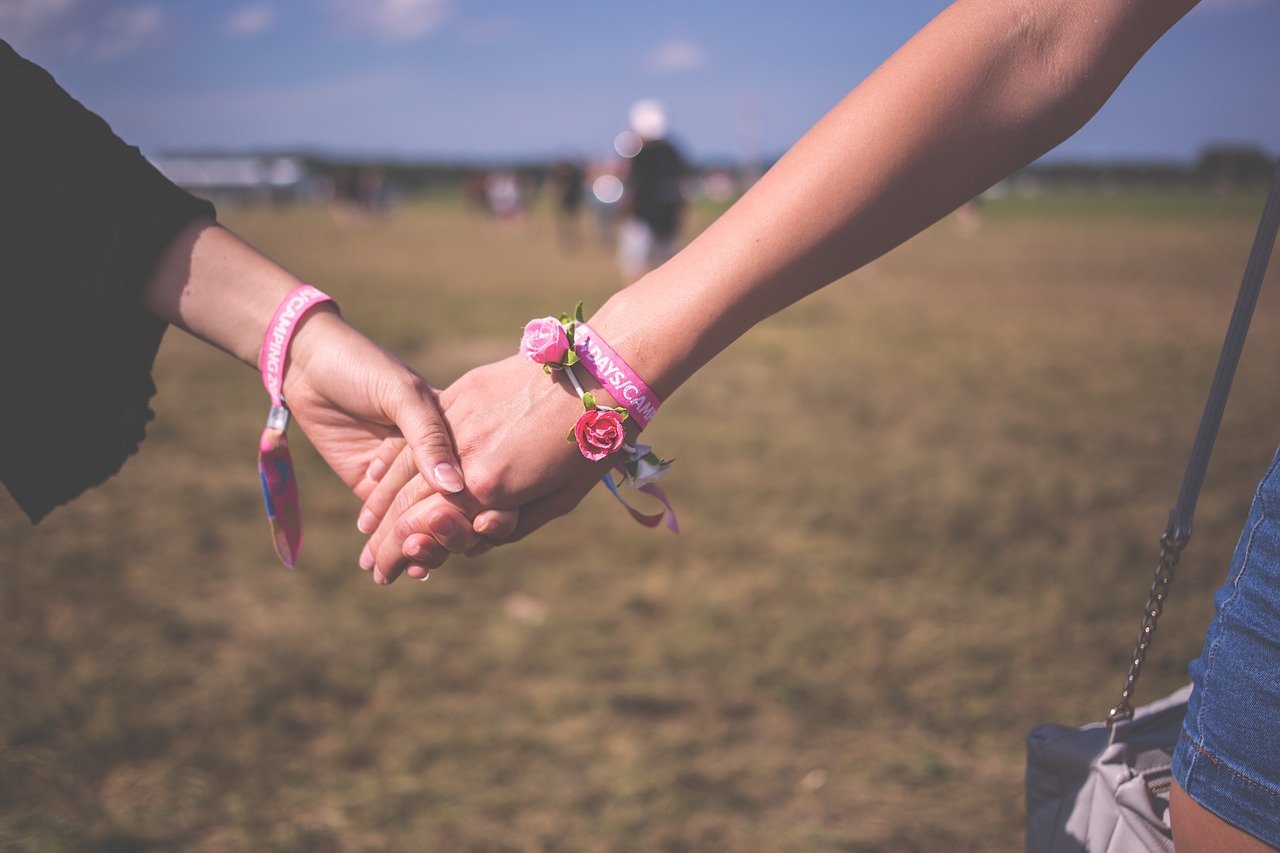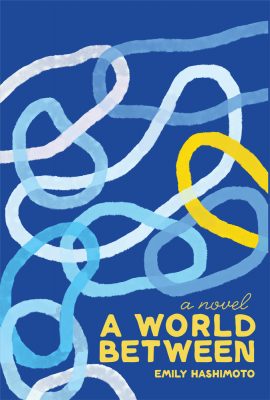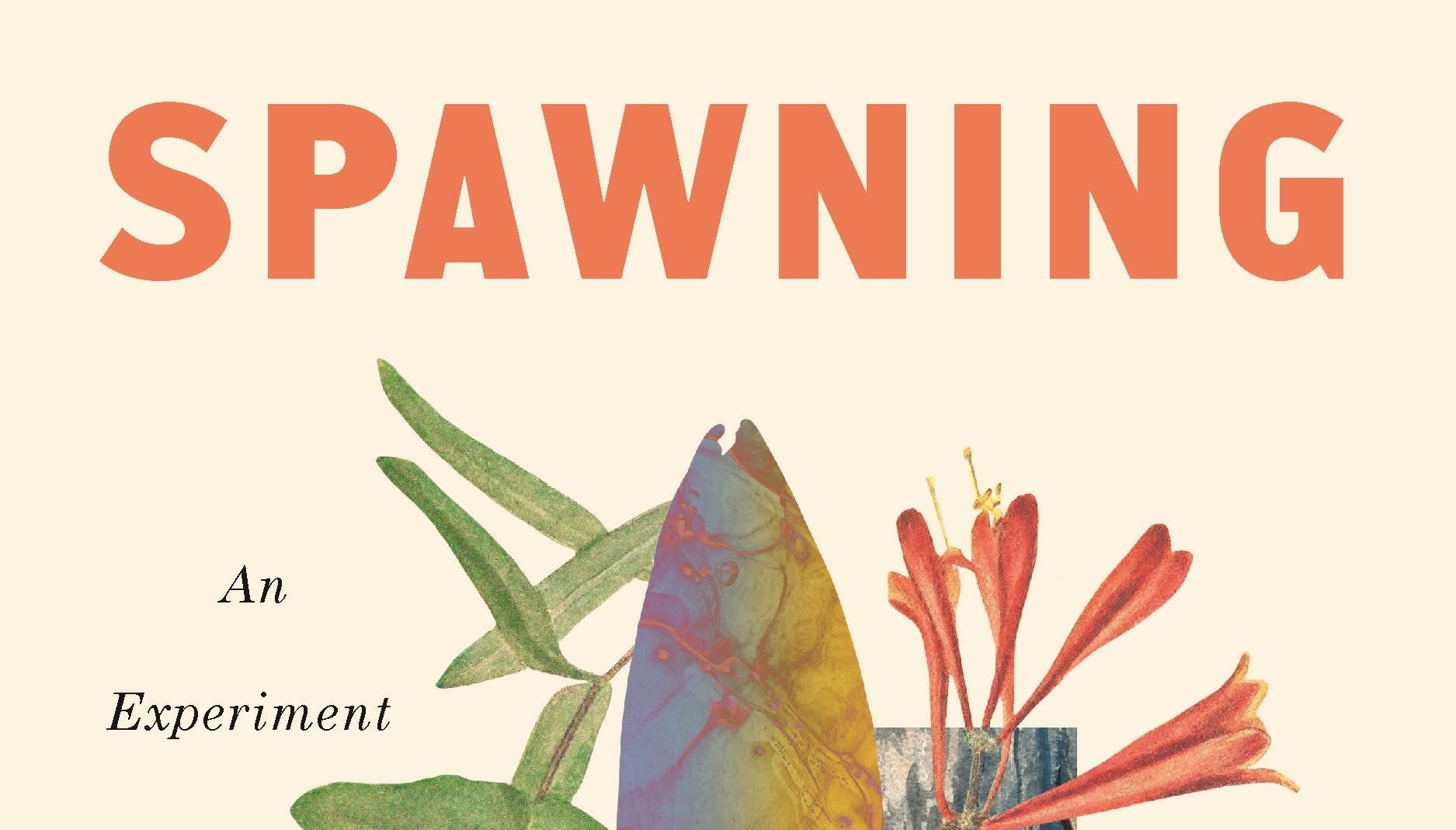Interviews
There’s a Better Way to Write Queer Romance
Emily Hashimoto, author of "A World Between," on who gets to tell the stories of women in love

Electric Lit is just $4,000 away from our year-end fundraising goal of $35,000! We need to hit this target to get us through the rest of 2025, and balance the budget for 2026. Please give today! DONATE NOW.
All relationships exist on a continuum, especially those between queer women. In Emily Hashimoto’s debut novel, A World Between, a chance encounter in a college dorm elevator sends Eleanor Suzuki and Leena Shah on a thirteen-year ride as girlfriends, roommates, best friends, crushes, exes, dating app matches, and more.
A World Between is a romance between two queer women of color, told from both of their perspectives, that spans their formative years. Eleanor and Leena spend days walking around their cities, sharing moments of their lives, having sex, eating dinner, and hanging out with partners and friends. Queer narratives too often still feel mired in idyllic ideas of relationships and healing, and too often feature extremely happy endings or extremely unhappy ones without much nuance. But what sets this book apart isn’t just the romance itself, but how it ends. Their relationship, with many comings and leavings, is crucial but in some ways a decoy for the ways they learn about themselves.
Emily Hashimoto and I covered writing a queer feminist romance, who gets to tell queer stories, the many ways queer love—and self-love—rendered across time and space can look, and how it’s never too late to figure out who you want to be.
Carolyn Yates: A World Between begins with an epigraph from Adrienne Rich: “The connections between and among women are the most feared, the most problematic, and the most potentially transforming force on the planet.” What drew you to open with this?
Emily Hashimoto: I was a women’s and gender studies major in college and spent a lot of time with Adrienne Rich and Audre Lorde and so many other feminists. I think the book comes from a lot of places, but one is directly from my women’s studies education—perhaps strangely, for a book of its kind. I was thinking about her essay “Compulsory Heterosexuality,” where she talks about the lesbian continuum and how women can exist on different parts of it during the course of their life, and that it’s about the intimacy between women. I wanted to pay homage to that. So for me, there’s this mostly fun book about two women over the course of thirteen years, and it has this theoretical feminist underpinning.
CY: The idea of the continuum comes across at various points, and that fuller landscape of possibility just felt so true and yet is so rarely seen. I’m curious about how you balanced what you’ve mentioned was a desire to write a fun queer romance during a personal rough patch in your relationship with this completely non-idyllic and very real rendition that spans this whole range.
EH: It really started from a place of wanting to go to a simple time. What ends up on the page is not that simple, but for me, in my mid-30s and thinking about college and how different things felt—and speaking now, and then, as a middle-class person of privilege—college was simple. I think it’s not that for everyone, but it certainly was for me. For me, I was foolish and obsessive about crushes and wrote diaries full of so much emotion, and wanting that time of something simple before the definition set in.
What I learned is that it’s never too late to keep hacking away at who you want to be and who you don’t want to be.
What I learned is that it’s never too late to keep hacking away at who you want to be and who you don’t want to be. But it’s that time, maybe before your first serious job, when you’re learning so much and when you’re still so much in formation, and I was really interested in starting there.
CY: Eleanor and Leena have such different ideas about self-knowledge, especially as they come more into themselves, and at one point as Eleanor talks about already knowing her job is not right for her, Leena thinks, “a year wasn’t enough time to accurately calculate feelings.” Leena tends to weigh all the options and outcomes and risks, and Eleanor is more decisive and also more impulsive. What role does this tension play in the periods of their relationship and in the times when they’re apart?
EH: Some of the magic of writing this and of spending basically five years with these two, the thing that I managed to carve out is that it felt really real. How they plan, how they don’t plan, how they make decisions, or don’t. Something I wanted is that ability to see people and how they change through a decade plus.
They start where they start, exactly as you painted it. But in the end, they grow out of themselves and into other people. I was interested in watching them pass each other in those ways. It’s not explicit, but I’d like to believe that they sort of rub off on each other a little bit, and both come to some sort of good middle ground, somewhere in between.
CY: The perspective switches between Eleanor and Leena across their relationships through time and space. What moved you to take that alternating approach?
EH: It wasn’t always that way. When I originally started sketching it out, I was going to go through one of them or the other. I knew I didn’t just want to gallop through time. Originally when I would talk about this book—and it certainly departed—I would call it quote, lesbian, whatever, nostalgia, unquote. I was interested in picking up with people after a few intervals.
I formalized the structure more because eventually we find ourselves at Leena’s sister’s wedding. And I felt the measure of discomfort at writing from the perspective of Leena at her sister’s wedding, because while there’s so much research that I’ve done and I am very lucky to have a lot of really close relationships in my life with Indian American women, it’s a different experience to be that outsider, I think, because I have been that. So that’s when the structure started to really take shape.
CY: To talk about a different type of switching, the sex scenes feel really embodied in a way that still doesn’t really come up very much in queer literature. What was important for you to show?
EH: I appreciate the word “embodied,” I think that’s just sort of a real 3D feeling of it, because I think sometimes it’s very soft, and metaphoric about lushness, and then it’ll just cut away. Or worse, the cut away even happens before there’s a lushness metaphor. I wanted to stay on them a little bit, and I think my women’s studies background was creeping in, thinking about who tells stories about women together having sex. I take very seriously being a queer woman creating scenes between queer women.
I take very seriously being a queer woman creating scenes between queer women.
In my mind I was thinking, what feels really real? Early on, when Leena wants to be intimate but has her period and doesn’t know how to say it, I wanted it to feel real. I wanted it to feel sexy, I wanted it to feel like a conversation between the two of them. The whole book is them walking around, talking to each other, and I think in many ways the sex scenes mirror that.
CY: You’ve mentioned that “this is the book that little Emily would have wanted to read as a young woman, and I wrote it for her.” Tell me more about that.
EH: I’ve been thinking a lot about what other books are out there in this space, and I haven’t found that many in this kind of middle territory where it’s not soapy but not so serious or dealing with issues of huge gravity, while there are still serious topics.
The other piece is I haven’t seen many biracial characters, and to be able to represent that experience of intersectionality—feeling like you’re in a few places at once, not always feeling like there’s a perfect fit, a perfect home—was something I wanted to read and see, and see out there.
Another piece of it is thinking about Eleanor and Leena’s community and who the characters are beyond them. What I’m used to in my own life is folks with different backgrounds of race, ethnicity, economics, folks who are trans, folks who are not trans, queer, not queer. I haven’t seen that a ton, and it was definitely wanting to show that, and that comfort, without tokenizing.
Little Emily would have been intrigued by this and would have had a lot of questions after. That’s who I had in mind. I want so many people to enjoy this book, but someone who hasn’t seen themselves represented? I’m interested in that.
CY: One of the most incredible moments for me was the ending. Were you conscious of this ending as you were writing, and what can you tell me about it?
EH: I didn’t write what happens after, but it has a choose-your-own-adventure ending. People approach it from what they know, what they want, what they hope for, what they are nervous about. People come in with what they have.
People approach it from what they know, what they want, what they hope for, what they are nervous about. People come in with what they have.
I certainly wrote many versions. There was a very draft-y draft where there was running through the airport, so this is a little different than that. I wanted to end with something that felt really fair to where they were in the moment. I think if I kept writing—and in some ways I think it’ll always feel unfinished—I don’t know. I’m happy where it ends. It felt good to put them where I put them because it’s sort of a feminist love story, and in that way they’re both happy and they both really love themselves in the moment where we leave them, and that feels pretty satisfying. It feels like a good place to leave them. And what happens after that? I have some thoughts, but I don’t know.
CY: That’s beautiful. I’m like, wow, how much damage did I bring to this interview that that’s how I read it when other people read it a different way?
EH: I don’t even think it’s that. I think it’s more, what do you expect of them? How have you read them? I think yours is a fair reading. Really objectively, not as their creator, I don’t know that they should be together, but I think they should be in each other’s lives. There’s history between them, there’s love between them, and I just want them to be happy, whatever that might be.









